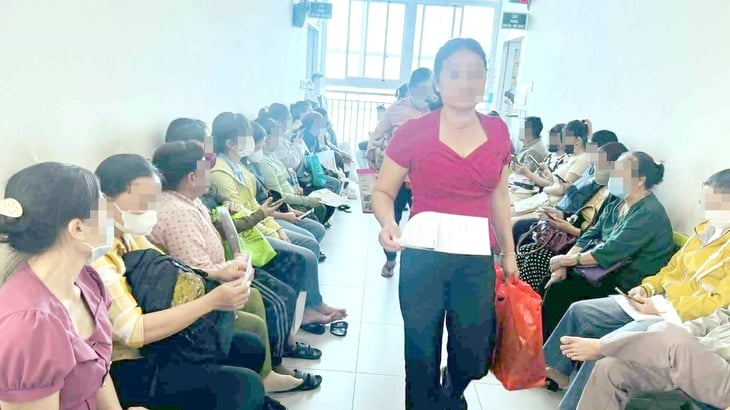
Patients lined up from early morning at Ho Chi Minh City Oncology Hospital waiting for ultrasound tests.
When will the "long queues" of people waiting for multiple tests end? When electronic medical records across the country are connected, patients will not have to wait and spend more money for multiple tests.
Many hospitals have linked and reused test results at a high rate, while others have not. This situation not only wastes time and effort but also creates a financial burden for people.
The patient suffers in two ways
Statistics from the Ministry of Health show that in 2024, the cost of testing and paraclinical tests will be nearly 30,000 billion VND/year in the total cost of medical examination and treatment under health insurance (HI). Reusing just 1-2% of paraclinical tests will save at least 300-600 billion VND/year.
According to Tuoi Tre, at around 9am on the 3rd floor of the cancer screening and testing department of the Oncology Hospital (HCMC) branch 1, patients were lining up to wait for their turn for ultrasound and testing. Many people had registered for the service from 5am to 7am but it was still not their turn.
Ms. NT (51 years old, Tay Ninh ) said that she had a breast cyst that was cured. For more than a year now, she has had to go to the hospital every three months for check-ups. Each time she goes for a check-up, she has to do blood tests and ultrasounds again.
Before that, because she was afraid that the hospital would be crowded, she went to a clinic near her house to get a blood test and an ultrasound so that she could just give the results to the doctor at the hospital to save time. However, after the visit, the doctors told her to do all the tests again from the beginning.
"The wait was too long. Even though I registered for an ultrasound and testing service early in the morning, I still couldn't get an ultrasound by 9am. The doctor asked me to redo all the tests from the beginning. Each time I went to the hospital for an examination, ultrasound, or test, it cost at least 300,000 - 500,000 VND. Not to mention the transportation, food, and travel costs, which is very troublesome. If I did the tests elsewhere and brought them here, the patient would not have to wait," Ms. T. shared.
Meanwhile, Ms. TN (30 years old, living in Ho Chi Minh City) had her PCR test results for group B streptococcus (GBS) and pre-operative blood test results, ordered by an obstetrician-gynecologist at a designated clinic, accepted by Tu Du Hospital, performed by a medical laboratory in the city.
"A few weeks before giving birth, my doctor ordered me to take vaginal fluid for a GBS PCR test and blood for pre-operative tests. A few days later, the clinic returned the results and told me to bring them with me when I was admitted to give birth at Tu Du Hospital, which I chose. When I was admitted to the hospital, I was scheduled for a cesarean section. The test results from the clinic were still valid, so the hospital accepted them without having to redo them," said Ms. N.
According to the "kiosk system surveying patients' dissatisfaction when visiting hospitals" over the years, patients still complain the most about the registration procedures, health insurance examination procedures, the attitude and communication of hospital staff and the waiting time for tests, ultrasounds, X-rays, etc.
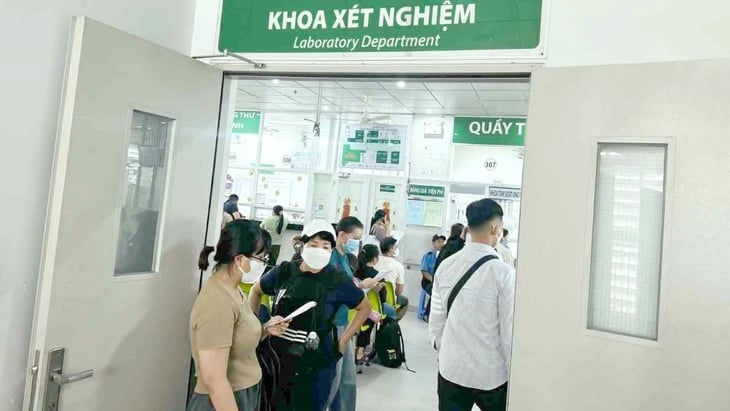
Many patients want to reuse test results while they are still valid to reduce the hassle and tiring waiting - Photo: THU HIEN
Why do patients have to do the test again?
Speaking with Tuoi Tre, Mr. Tran Ngoc Hai - Director of Tu Du Hospital - said that in principle, the hospital accepts valid test results from licensed medical facilities or from units and hospitals that coordinate and provide professional support with Tu Du.
This has been implemented and applied by the hospital for over 10 years. Depending on the current progress of the patient's condition, the hospital will use or order additional tests or may repeat the test during the examination and treatment at the hospital.
Mr. Hai added that currently, most of the test results used by hospitals are paper copies (test papers). The connection of test results by updating on the system must comply with the provisions of the Law on Medical Examination and Treatment and the provisions of electronic medical records.
Mr. Ha Anh Duc, Director of the Department of Medical Examination and Treatment Management (Ministry of Health), said that reusing test results will bring great benefits to both patients and medical staff.
For patients, it will reduce medical examination and treatment costs, not having to redo tests (blood, urine, diagnostic imaging...) when transferring from one hospital to another or for re-examination; save time and effort; reduce hassle and fatigue. This is especially important for the elderly, the seriously ill or those who have to travel far for medical examination and treatment...
For doctors, it helps improve the quality of diagnosis and treatment. Doctors can easily access their entire test history (via electronic health records), helping to make more accurate diagnoses and continuously monitor treatment effectiveness. In addition, it also saves costs for health insurance funds and patients.
Many hospitals have been connected.
Mr. Ha Anh Duc said that according to reports, many hospitals have connected and reused test results at a high rate of 85-100% such as Tu Du Hospital, Gia Dinh People's Hospital, Friendship Hospital, Children's Hospital 1 (HCMC)...
It is estimated that by the end of September 30, about 1,000/1,700 hospitals nationwide will apply electronic medical records, which promotes the connection of medical examination and treatment results including paraclinical tests.
The Ministry of Health has issued nearly 3,000 common codes for testing techniques, facilitating the connection of results when applying electronic medical records. Currently, many laboratories have applied technical codes with this common code.
Thus, when implementing synchronous electronic medical records, medical examination and treatment results are linked between medical facilities, patients can reuse test results without having to do it multiple times, saving costs.
The Ministry of Health recommends that medical examination and treatment facilities improve the quality of their laboratories, connect with other medical examination and treatment facilities, inspect, evaluate, and publicize quality levels.
Nationwide, only 500/3,000 laboratories have been evaluated and certified.
Mr. Nguyen Trong Khoa, Deputy Director of the Department of Medical Examination and Treatment Management (Ministry of Health), said that according to statistics, nearly 500/3,000 laboratories nationwide have been standardized, evaluated, certified, and have published results, thereby promoting consistency and improving the entire national medical testing system.
According to the Ministry of Health's assessment, provincial health departments have conducted inspections, assessments and announced the quality levels of laboratories, but there are still limitations. Inspection and supervision work has not been carried out regularly due to limited human resources, so inspections have not been carried out for all laboratories in the province, especially after the merger.
Ensuring the quality and accuracy of test results of medical facilities, the Ho Chi Minh City Department of Health said that after the merger, the city has 164 hospitals, 38 regional medical centers, more than 12,000 private clinics and 68 emergency stations.
From 2022 to 2025, the department has evaluated 122 hospitals with 137 testing rooms. As a result, 22 rooms reached level 4, 59 rooms reached level 2, and 47 rooms have not been evaluated, mainly in newly merged units from Ba Ria - Vung Tau and Binh Duong. The evaluation is expected to be completed in the first quarter of 2026.
Source: https://tuoitre.vn/nguoi-benh-muon-do-chi-tien-xet-nghiem-nhieu-lan-bao-lau-kha-thi-20250930232033437.htm





![[Photo] Prime Minister Pham Minh Chinh chaired a meeting of the Steering Committee on the arrangement of public service units under ministries, branches and localities.](https://vphoto.vietnam.vn/thumb/1200x675/vietnam/resource/IMAGE/2025/10/06/1759767137532_dsc-8743-jpg.webp)
![[Photo] Prime Minister Pham Minh Chinh chairs a meeting of the Government Standing Committee to remove obstacles for projects.](https://vphoto.vietnam.vn/thumb/1200x675/vietnam/resource/IMAGE/2025/10/06/1759768638313_dsc-9023-jpg.webp)

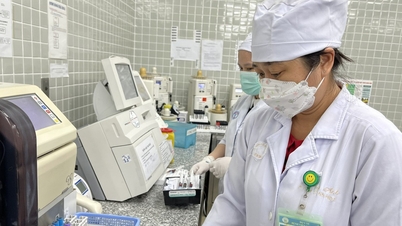












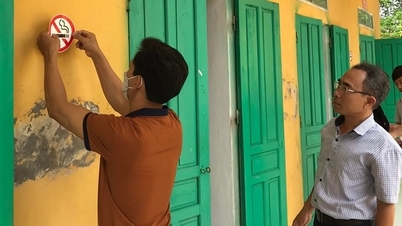

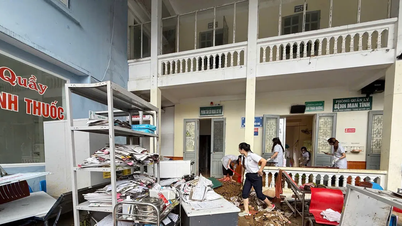

















































































Comment (0)